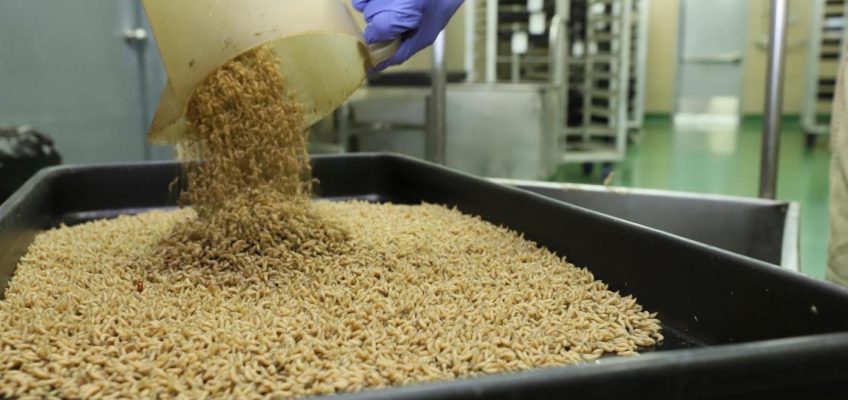Twin Cities drivers can expect traffic headaches this weekend: Sections of Interstate 35E, Interstate 94, Interstate 394 and Interstate 694 will be closing for bridge and ramp repairs, and all St. Paul Green Line stations will be going offline for maintenance.
St. Paul closures include northbound I-35E and eastbound I-94. The Minnesota Department of Transportation is repairing nine bridges over 35E and 94 beginning this summer.
The Marion Street bridge over I-94 will close Monday, July 21, through the end of September.
A full replacement of the John Ireland Boulevard bridge over I-94 will begin in early October, after the Twin Cities Marathon, according to MnDOT.
I-35E
Northbound I-35E will be closed between Minnesota 5 and I-94 from 10 p.m. Friday, July 11, to 5 a.m. Monday, July 14.
Traffic will detour from eastbound Interstate 494 to northbound U.S. 52 to westbound I-94 back to northbound I-35E.
For more information on the project, go to dot.state.mn.us/metro/projects/johnirelandbridge.
I-94
Eastbound I-94 will close 10 p.m. Friday, July 11, through 5 a.m. Monday, July 14, between Minnesota 280 and I-35E.
Motorists will detour onto 280 to Minnesota 36 to southbound I-35E.
For more information on the project, go to dot.state.mn.us/metro/projects/johnirelandbridge.
I-394
There will be overnight lane closures on eastbound I-394 between Penn Avenue and Dunwoody Boulevard from 5 a.m. Monday, July 14, to 5 a.m. Monday, July 28.
I-394 E-ZPass lanes will close in both directions between downtown Minneapolis and Minnesota 100 on July 28. The lanes will be closed until November, according to MnDOT.
For more information on the project, visit dot.state.mn.us/metro/projects/i94-i394minneapolis/.
I-694
Westbound lanes of I-694 will close 10 p.m. Friday, July 11, through 5 a.m. Monday, July 14, between Interstate 35W in New Brighton and Shingle Creek Parkway in Brooklyn Center. Motorists will detour on U.S. 10, Minnesota 610 and U.S. 169.
All ramps to and from westbound 694 in the project area will close 8 p.m. Friday.
Green Line closures
Related Articles
St. Paul audio play series returning for second season and scavenger hunt
Chicago firm makes fourth St. Paul acquisition with Degree of Honor apartments
Dining Diary: Pre- and post-event dining in St. Paul and Duluth yields delicious results
Layoffs hit UMN Extension food educators as MN grapples with Trump’s budget
St. Paul, Ramsey County officers seize nearly 900 pounds of meth in Minneapolis
All 13 of the Green Line’s St. Paul stations — from Raymond Avenue to Union Depot in Lowertown — will be closed for maintenance from 10 p.m. Friday, July 11, to 4 a.m. Monday, July 21.
The closure coincides with Minnesota United home games at Allianz Field on Saturday, July 12, and Wednesday, July 16, as well as the three-day Minnesota Yacht Club festival July 18-20 at Harriet Island Regional Park.
Green Line replacement buses will operate on a similar schedule as trains during the outage, stopping at or near affected stations.
For more information on how to take transit to the Yacht Club Festival, visit metrotransit.org/yachtclubfestival.
For real-time Minnesota travel and traffic information, go to 511mn.org.




